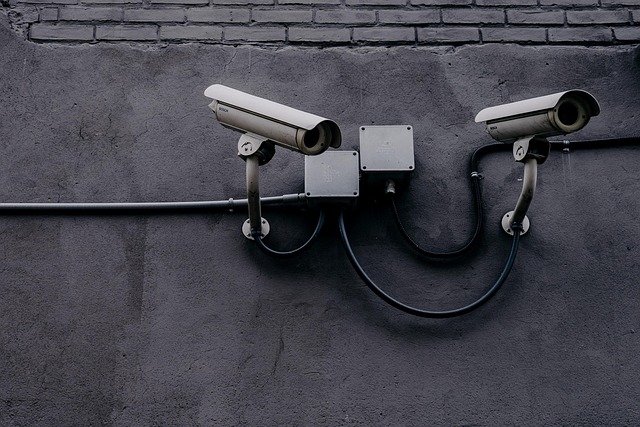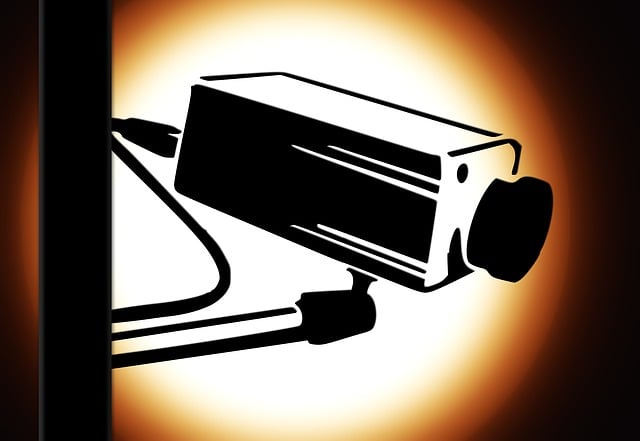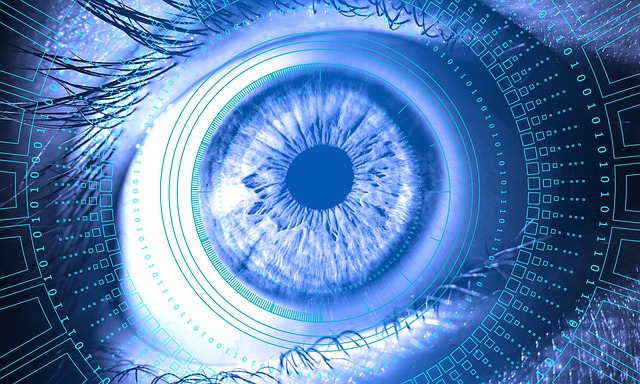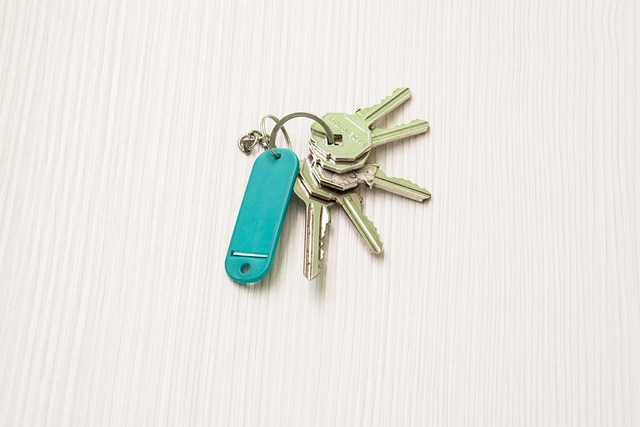Remote monitoring security is a core aspect of modern smart home and business security, enabling users to access live video feeds, receive alerts, and control devices remotely via smartphones or computers. To set up this feature effectively, ensure a secure internet connection, use strong encryption and passwords, and choose reputable service providers. Smart security systems offer real-time surveillance from anywhere, advanced features like motion detection and facial recognition, energy efficiency, and tailored protection. Integrating these components enhances safety with quick responses during emergencies, deterring potential criminals. Regular updates, robust access controls, and strong passwords are crucial for maintaining peak security, while remote monitoring provides peace of mind and scalability.
In today’s digital era, smart security systems offer unprecedented peace of mind. This comprehensive guide provides professional advice on enhancing your home or business with remote monitoring security. We explore the basics of understanding remote monitoring, delving into its numerous benefits and key components for a robust setup. Learn how to integrate technology effectively, ensuring optimal security through best practices tailored for remote access. Maximize your safety and efficiency by implementing these expert tips.
- Understanding Remote Monitoring Security: The Basics
- Benefits of Implementing Smart Security Systems
- Key Components for a Comprehensive Security Setup
- Integrating Technology: Making the Most of Remote Access
- Best Practices for Maintaining Optimal Security Measures
Understanding Remote Monitoring Security: The Basics

Remote monitoring security is a critical aspect of modern smart home and business security systems. It allows users to access live video feeds, receive alerts, and control devices remotely through their smartphones or computers. This feature enhances security by enabling quick responses to potential threats, even when individuals are away from their properties.
The basics of remote monitoring security involve setting up a reliable internet connection, selecting secure communication protocols, and configuring user permissions. Users should ensure that their network is protected with strong encryption and passwords to prevent unauthorized access. Additionally, choosing reputable service providers who offer robust data protection measures is essential for maintaining the privacy and integrity of surveillance footage and personal information.
Benefits of Implementing Smart Security Systems

Implementing smart security systems offers a multitude of benefits for both residential and commercial properties. One of the most significant advantages is the ability to achieve remote monitoring security. With modern technology, homeowners and business owners can now keep an eye on their premises from anywhere in the world through real-time video feeds and alerts. This ensures prompt response times during emergencies, allowing for enhanced safety and peace of mind.
Additionally, these systems integrate advanced features such as intelligent motion detection, facial recognition, and automated access control, further strengthening security measures. They also promote energy efficiency through smart lighting and temperature controls, contributing to cost savings. By investing in smart security, individuals and organizations can create a comprehensive protection network that adapts to their needs, providing an extra layer of safety and convenience.
Key Components for a Comprehensive Security Setup

A comprehensive security system involves integrating several key components for optimal protection. One of the most valuable additions is remote monitoring security, enabling real-time surveillance from anywhere at any time. This feature allows homeowners and businesses to stay alert about potential threats, ensuring quick responses during emergencies.
Additionally, advanced systems include smart sensors that detect unusual activities, motion, or intrusions. These sensors are linked to a centralized control panel that triggers alerts when activated, providing an extra layer of security. Cameras with night vision and high-resolution footage further enhance surveillance capabilities, making it easier to identify and deter potential criminals, while access control mechanisms ensure only authorized individuals can enter secured premises.
Integrating Technology: Making the Most of Remote Access

In today’s digital era, integrating technology into smart security systems has revolutionized the way we protect our properties and assets. Remote monitoring security is a game-changer that enables users to stay connected and in control from anywhere in the world. With just a few clicks on their smartphone or computer, homeowners and business owners can access live camera feeds, receive instant alerts for suspicious activities, and remotely arm or disarm their security systems. This not only provides peace of mind but also enhances safety by allowing for swift response times to potential threats.
By leveraging remote monitoring security features, individuals can make the most of their smart security systems. They can monitor multiple locations simultaneously, ensuring comprehensive coverage. Moreover, this technology offers scalability, allowing users to easily add new devices or sensors to their network as their needs change. It’s a versatile tool that not only boosts security but also promotes efficiency and convenience in managing one’s safety measures.
Best Practices for Maintaining Optimal Security Measures

To maintain optimal security measures, regular updates and patches for all devices and software are essential. This includes installing the latest firmware updates for your security system components like cameras, door sensors, and alarms to ensure they have the most advanced protection against emerging threats. Additionally, enabling remote monitoring security features allows you to keep an eye on your property from anywhere at any time, enhancing peace of mind.
Best practices also dictate configuring robust access controls, ensuring only authorized individuals can adjust system settings or gain entry. Regularly reviewing and updating user permissions and passwords is crucial, with a strong, unique password for each account. Furthermore, educating household members or employees about security best practices, such as recognizing phishing attempts or reporting suspicious activity, strengthens the overall security posture of your property.
In today’s digital era, smart security systems and remote monitoring technologies offer a comprehensive solution for enhanced safety. By understanding the basics of remote monitoring security, leveraging the benefits of these advanced systems, and implementing key components, individuals can create a robust security setup. Integrating technology seamlessly allows for optimal access while adhering to best practices ensures continuous protection. Remember that maintaining strong security measures is an ongoing process, requiring regular updates and vigilance in navigating the ever-evolving digital landscape.
